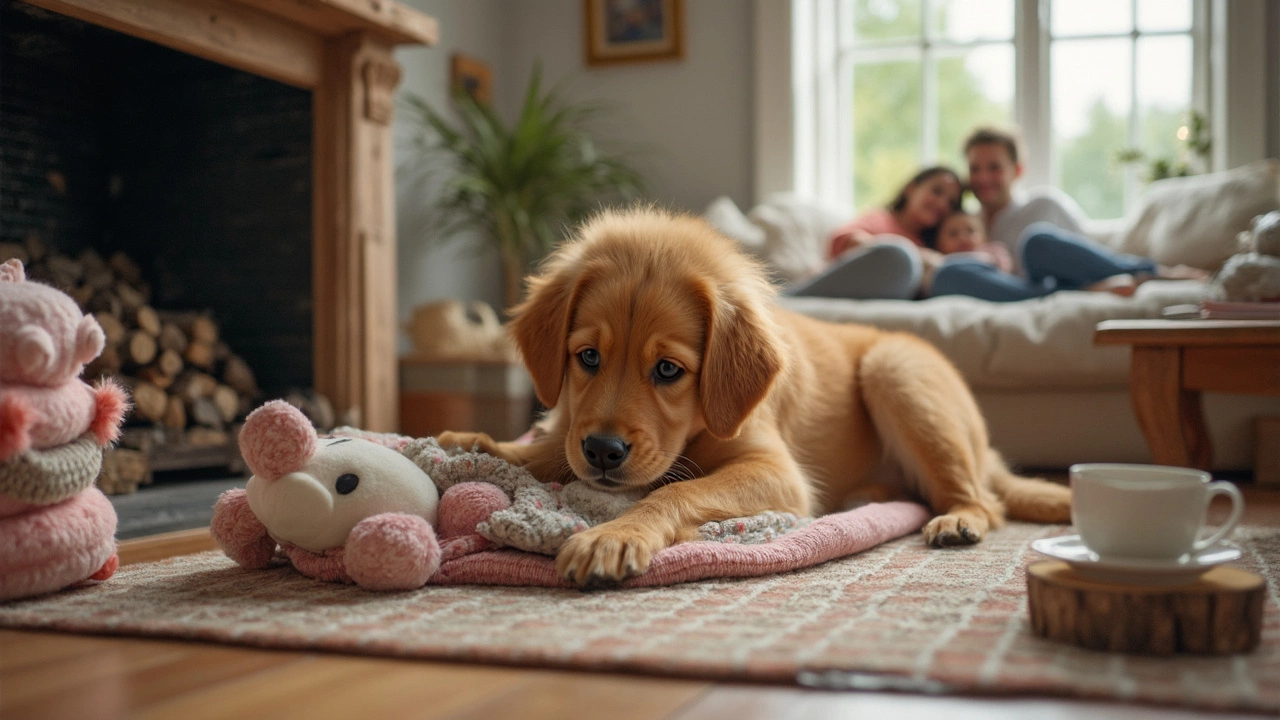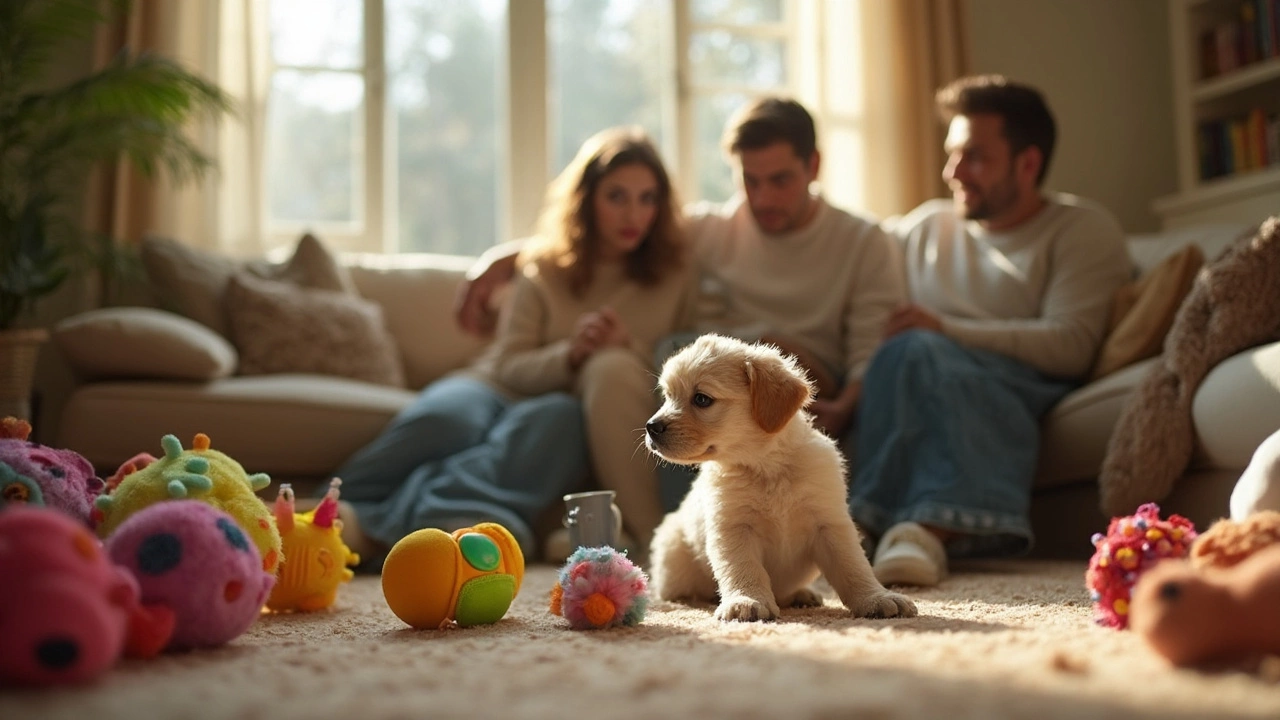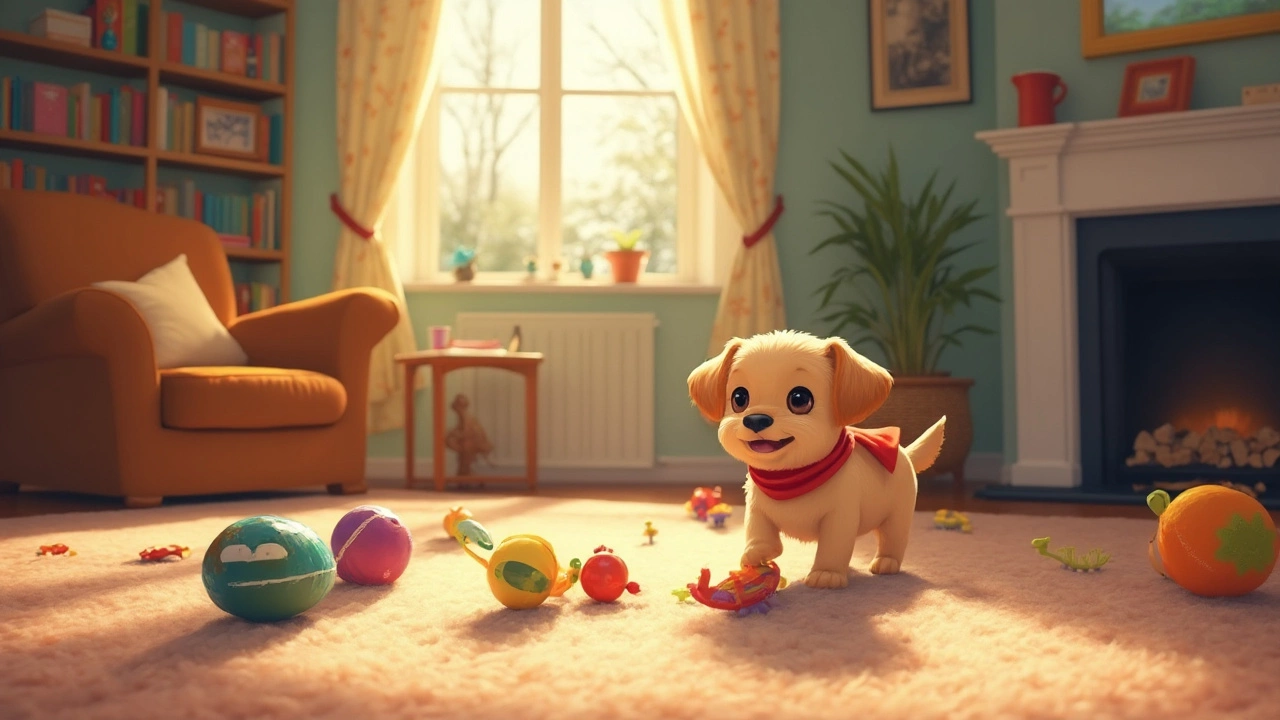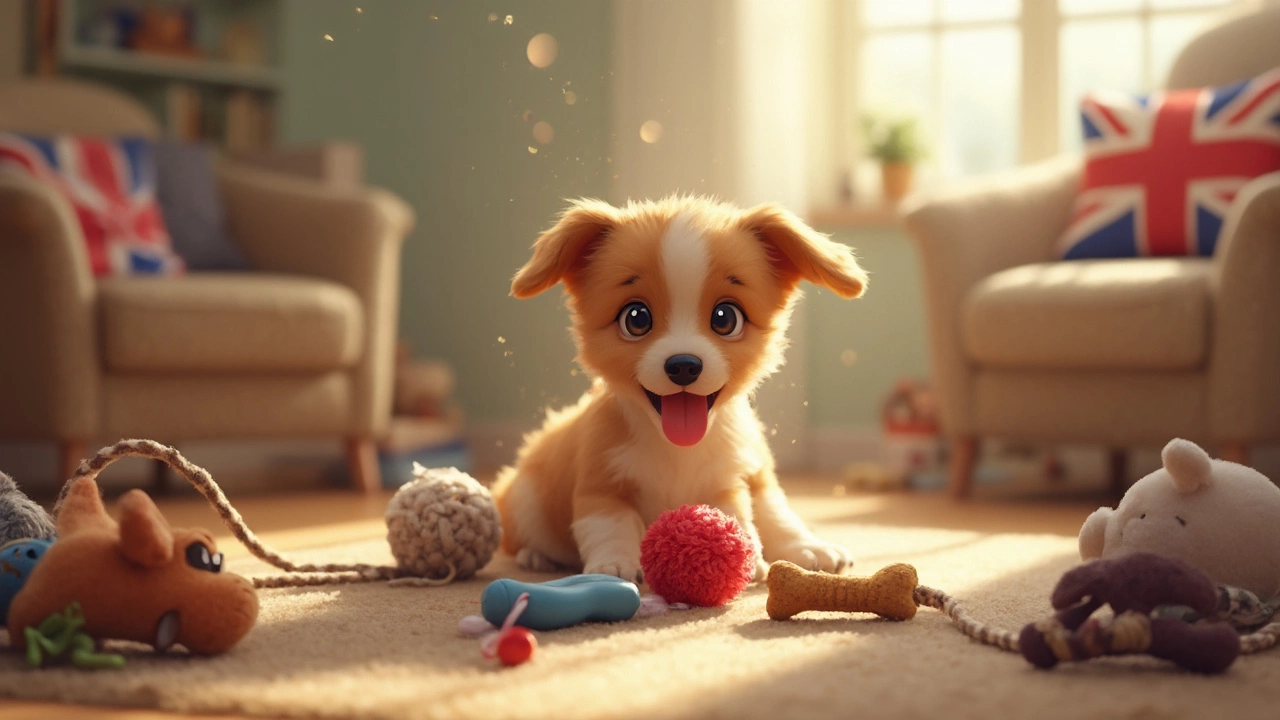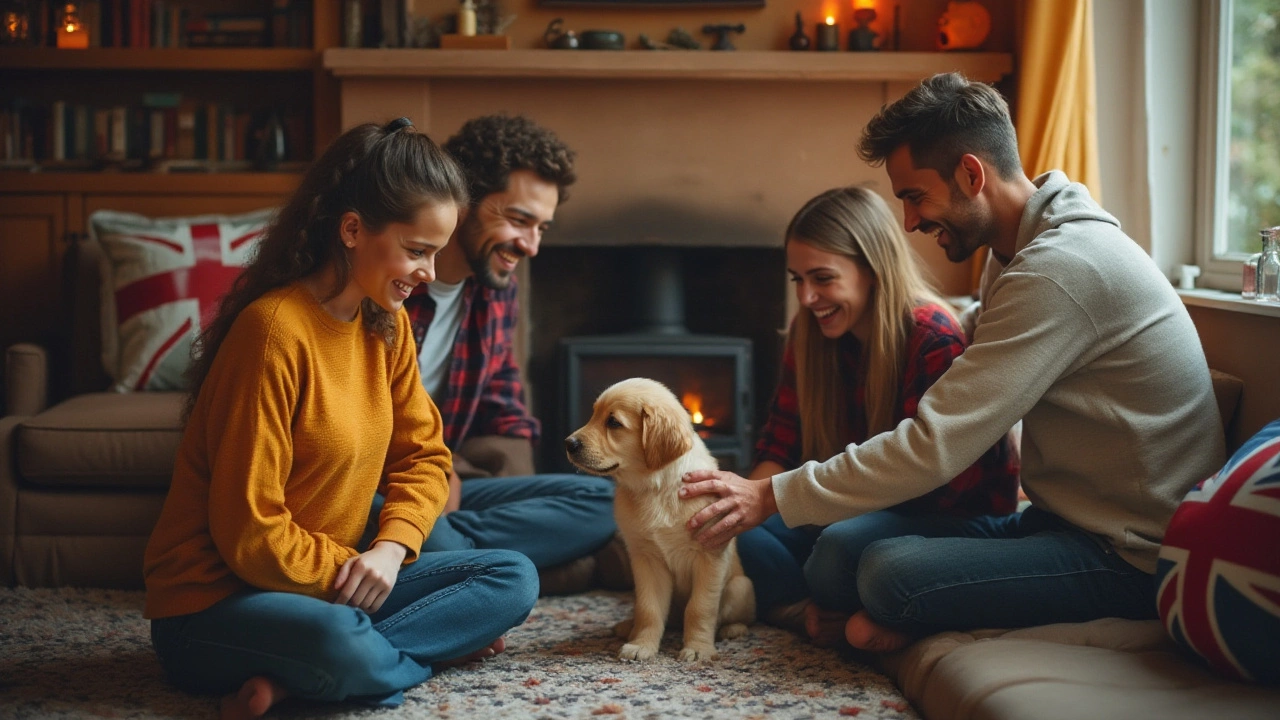Puppy Toys: How to Pick the Best Ones for Your New Pup
Got a tiny tail‑wagging bundle at home? The first thing they’ll chew on is a toy. Picking the right toy isn’t just about fun – it’s about safety, training, and keeping those little teeth healthy. Below are the basics you need before you click ’add to basket’.
Safety first: what to look for
Any good puppy toy should be size‑appropriate. If it’s small enough to fit in your mouth, it could disappear down your puppy’s throat. Look for toys that are at least as big as your pup’s mouth when fully opened. Next, check the material. Soft rubber, natural fibers, and tightly woven fabrics are the safest choices. Avoid anything that can shred easily – loose strings or thin plastic can become choking hazards.
Another safety tip: test the toy’s durability. Give it a firm shake. If it bends or cracks, it’s probably not tough enough for a growing chewer. Remember, a toy that survives a few weeks of enthusiastic gnawing will save you the cost of replacements later.
Types of puppy toys and why they matter
Chew toys are a must‑have for teething pups. Rubber bones, freeze‑dried treats, and bully sticks keep gums occupied and help clean teeth. Interactive toys like treat‑dispensing balls stimulate the mind and reduce boredom – perfect for puppies that love to solve puzzles.
Plush toys satisfy the cuddle instinct, but choose ones with reinforced stitching and no small squeakers that could break off. For outdoor play, pick tug ropes made from sturdy cotton or hemp; they’re great for building bite inhibition during fetch or tug‑of‑war sessions.
Mixing toy types keeps your puppy engaged. Rotate toys weekly so nothing becomes stale. When a toy loses its appeal, store it away and bring it back later – the novelty factor works like magic.
Cleaning is another practical step. Toys that can be tossed in the dishwasher or washed on a gentle cycle stay hygienic and smell fresh. If a toy can’t be cleaned, retire it before bacteria build up.
Finally, watch how your puppy reacts. If a toy sparks excessive excitement or aggression, set it aside and try a calmer alternative. The goal is a happy, well‑behaved pup, not a hyper‑active chewer.
By keeping safety, material, and variety in mind, you’ll build a toy stash that grows with your puppy and supports training, chewing, and bonding. Happy playing!
- Morgan Ainsworth
- 0 Comments
Nooking in Dogs: What It Is and How Puppy Toys Help
Nooking in dogs is a quirky habit where puppies suck, chew, or knead soft toys or blankets. It looks a bit like what kittens do when they nurse or knead their moms. Some dogs keep nooking well after puppyhood, especially if they’re feeling stressed or want comfort. The right puppy toys can make all the difference, helping dogs find comfort without turning your sofa into a chew toy. This article breaks down what nooking is, why it happens, and how to handle it using tips and the best toys.
View More- Morgan Ainsworth
- 0 Comments
Rule of 3 for New Puppies: Key Tips for Puppy Toys
Wondering what the Rule of 3 means for your new puppy and their toys? It's a simple guideline to help your puppy settle in, build good habits, and have fun safely from the very start. The first three days, the first three weeks, and the first three months each come with new challenges, and puppy toys play a huge role during this time. This article breaks down what you can do with toys to make every stage easier. You'll get practical tips, real-life hacks, and honest advice from puppy owners and trainers.
View More- Morgan Ainsworth
- 0 Comments
Can I Leave My 10-Week-Old Puppy Home Alone?
Leaving a 10-week-old puppy home alone can be tricky, but understanding their needs for company, safety, and entertainment is crucial. Puppies this young are still getting used to their environment, and leaving them alone requires thought and preparation. This article explores the importance of suitable toys, the benefits of crate training, and offers practical tips for ensuring your puppy stays safe and happy. Discover how to make your puppy's alone time positive by engaging their curiosity and energy. Equip yourself with the knowledge needed to handle your puppy's independence with confidence.
View More- Morgan Ainsworth
- 0 Comments
The 10-Minute Rule for Puppies: Guide to Choosing Toys
Discover the practical 10-minute rule for puppy playtime, focusing on selecting safe and engaging toys. Learn how this approach helps in balancing play and rest while keeping puppies happy and healthy. Explore tips on toy selection based on age, size, and behavior. This guide also uncovers how to maintain your pup's interest by rotating toys and introducing new challenges.
View More- Morgan Ainsworth
- 0 Comments
Essential Commands for 8-Week-Old Puppies: Training Tips and Toy Ideas
Training an 8-week-old puppy involves teaching them simple yet essential commands that lay the groundwork for good behavior as they grow. These foundational commands not only ensure a happy household but also foster a strong bond between you and your furry friend. In addition to training, the right puppy toys can aid in their learning process, keeping them engaged and entertained. Start with basic commands like 'sit', 'stay', 'come', and 'leave it' to set your puppy on the right path. Consistent instruction paired with patience is the key to successful puppy training.
View More
